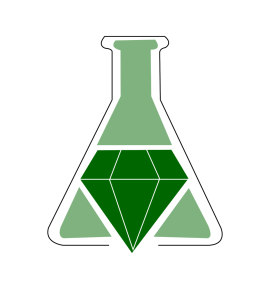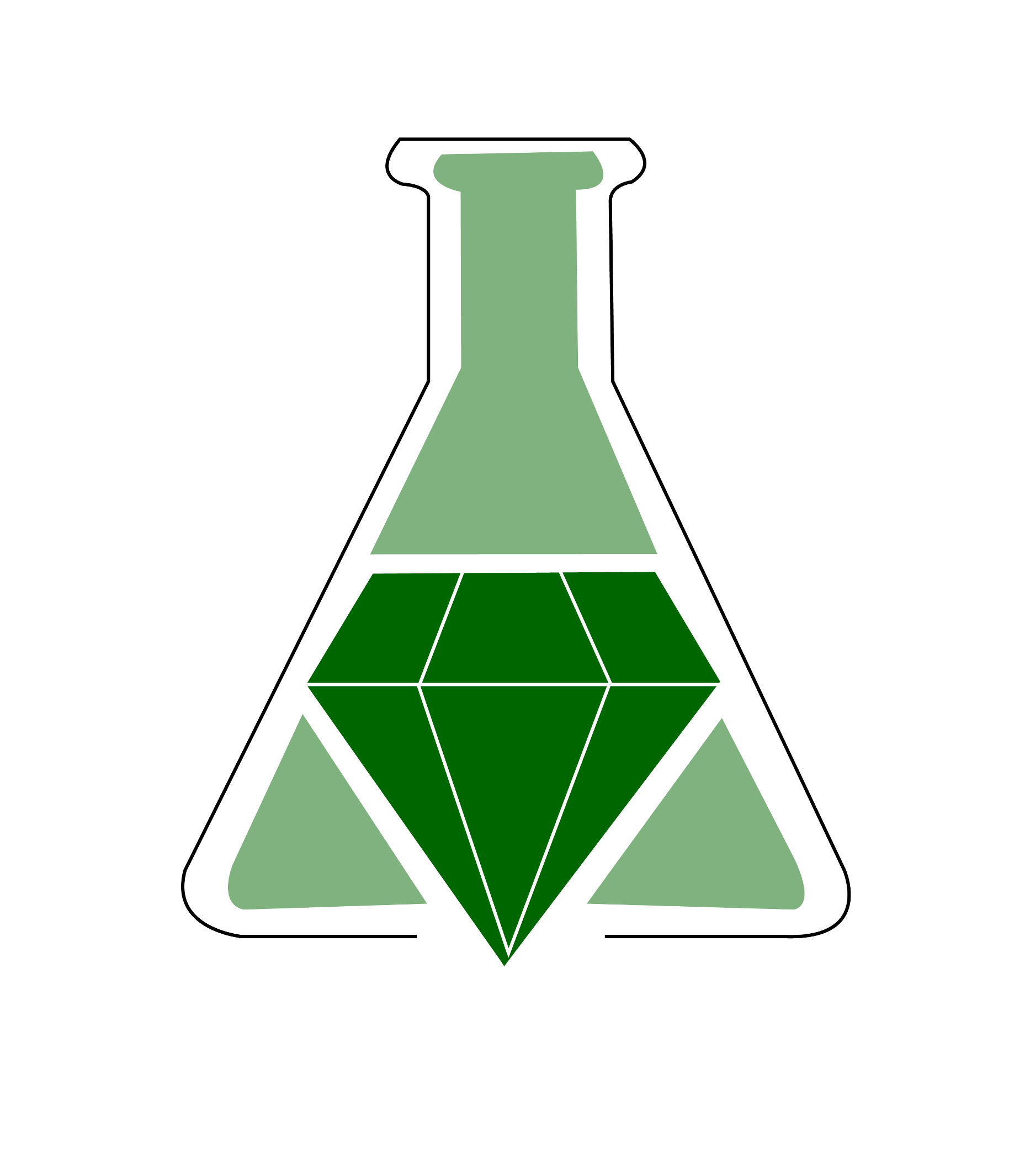A Green Polymerization of Aspartic Acid for the Undergraduate Organic Laboratory

Summary
Because of the ubiquity of polymers, chemists are looking for ways to make polymers renewable, biodegradable, and with less waste. In this laboratory chemistry students will have the opportunity to make poly(aspartate), a polymer that fulfills all the abovementioned goals.
The synthesis of this condensation polymer starts by simply heating neat aspartic acid for two hours to form poly(succinimide), washing the solid, drying, and then hydrolyzing to yield poly(aspartate). If time allows, students can then titrate their polymer to calculate the approximate molecular weight.
This lab provides instructors with an opportunity to teach students about the principles of green chemistry, polymer chemistry, condensation chemistry, hydrolysis reactions, and titrations.
Supplemental information includes background information, lab procedures, student handouts and post-lab questions, and instructor notes.
Summary prepared for the original GEMs database December 2008 by Douglas M. Young at the University of Oregon.
A Green Polymerization of Aspartic Acid for the Undergraduate Organic Laboratory
George D. Bennett
Journal of Chemical Education 2005 82 (9), 1380
DOI: 10.1021/ed082p1380
The synthesis of this condensation polymer starts by simply heating neat aspartic acid for two hours to form poly(succinimide), washing the solid, drying, and then hydrolyzing to yield poly(aspartate). If time allows, students can then titrate their polymer to calculate the approximate molecular weight.
This lab provides instructors with an opportunity to teach students about the principles of green chemistry, polymer chemistry, condensation chemistry, hydrolysis reactions, and titrations.
Supplemental information includes background information, lab procedures, student handouts and post-lab questions, and instructor notes.
Summary prepared for the original GEMs database December 2008 by Douglas M. Young at the University of Oregon.
A Green Polymerization of Aspartic Acid for the Undergraduate Organic Laboratory
George D. Bennett
Journal of Chemical Education 2005 82 (9), 1380
DOI: 10.1021/ed082p1380
Safety Precautions, Hazards, and Risk Assessment
See published journal article.
Link to external
